A Deep Dive into Metric Views for Beginners in Databricks Unity Catalog
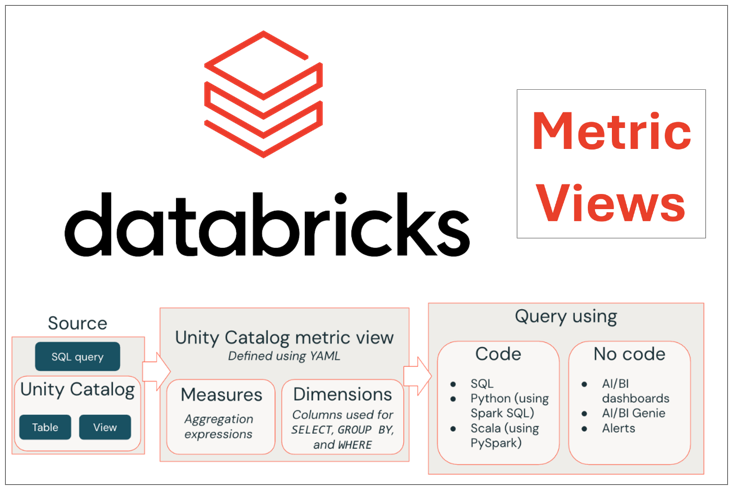
Metric Views in Databricks Unity Catalog are a powerful way to create consistent, reusable business metrics, making it easy for teams to analyze key performance indicators (KPIs). They’re like a shared recipe book for your data—define your metrics once, and everyone can use them in queries, dashboards, or reports without writing complex code. In this […]
Microsoft Fabric: A Game-Changer in Unified Analytics and Data Platforms

Data has become the backbone of modern business, but managing it across diverse sources is often complex and time-consuming. Organizations need more than just fragmented tools — they need a unified platform that can seamlessly handle everything from storage to insights. Microsoft Fabric is built to meet this need, offering an end-to-end solution that simplifies data management […]
Prompt Engineering Feels Powerful – But Without Guardrails, Is It Safe for Production?
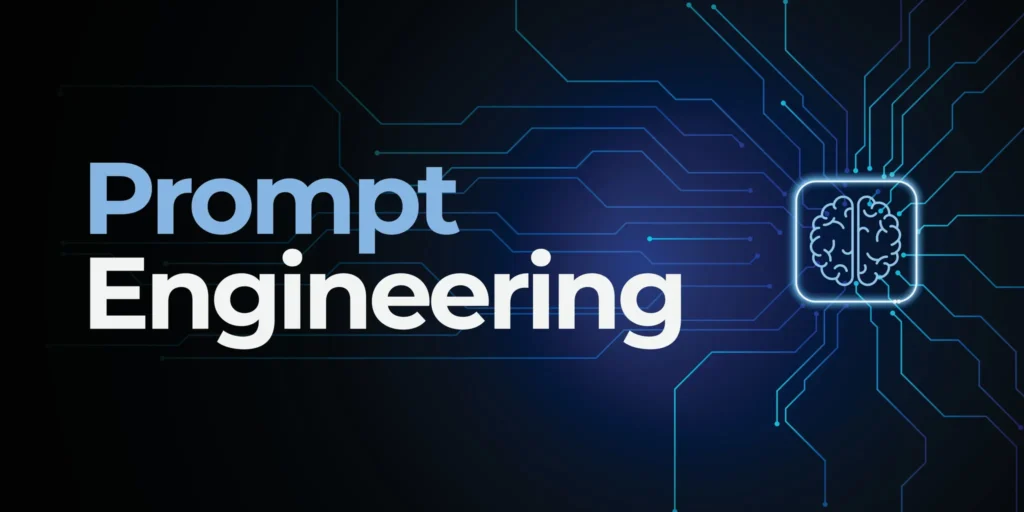
Prompt engineering is the new superpower of the AI age. With just the right words, you can make a large language model (LLM) summarize reports, generate code, or even act like a financial advisor. It feels like magic — until it fails in production. One slightly rephrased user query, and your “intelligent assistant” starts giving […]
Idempotency in Rest APIs: Why It Matters

What is Idempotency? Idempotency means that making the same API request multiple times has the same effect as making it once. In other words, no matter how many times you repeat the request, the result and the state of the server remain unchanged after the first successful call. Why is Idempotency Important? Prevents duplicate actions: […]
DAX Context Types Explained: Row Context vs Filter Context vs Query Context
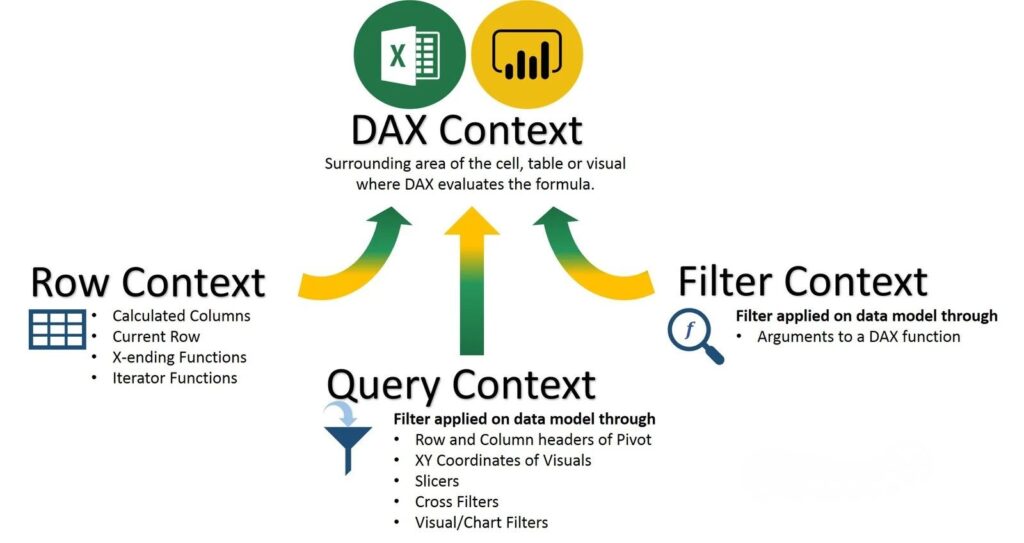
One of the most fundamental — yet confusing — concepts in DAX is context. Understanding how Row Context, Filter Context, and Query Context work is the key to writing accurate, powerful, and optimized DAX formulas. In this blog, we’ll break down each context type, provide clear real-world examples, and explore how they interact in Power […]
Verify, Trust, Comply: The Future of Responsible AI on Databricks

Regulators expect timely, accurate disclosures; investors demand transparent ESG performance; customers reward brands that do the right thing and prove it. Yet inside most enterprises, compliance is chaotic, with internal data scattered across finance, supply chain, HR, and operations. Databricks helps break down these silos, unifying enterprise data on a single platform so organizations can […]
Talk Data to Me: Conversational AI Meets the Data Intelligence with Databricks

In today’s data-driven world, businesses sit on mountains of data, but turning raw data into actionable insights remains a major challenge. Multiple siloed systems, fragmented datasets, and the sheer complexity of analysis often leave organizations paralyzed, unable to extract meaningful insights promptly. Decision-making slows, opportunities are missed, and teams are bogged down in manual data […]
Seamless Ingestion from Google Sheets to Databricks: A Step-by-Step Guide

In today’s data-driven world, enterprises handle massive amounts of continuously arriving data from various sources. Google Sheets often serves as a quick and easy way for teams to manage and share data, especially for smaller datasets or collaborative efforts. However, when it comes to advanced analytics, larger datasets, or integration with other complex data sources, […]
Building a Real-Time Chat App With Websocket and Node.JS
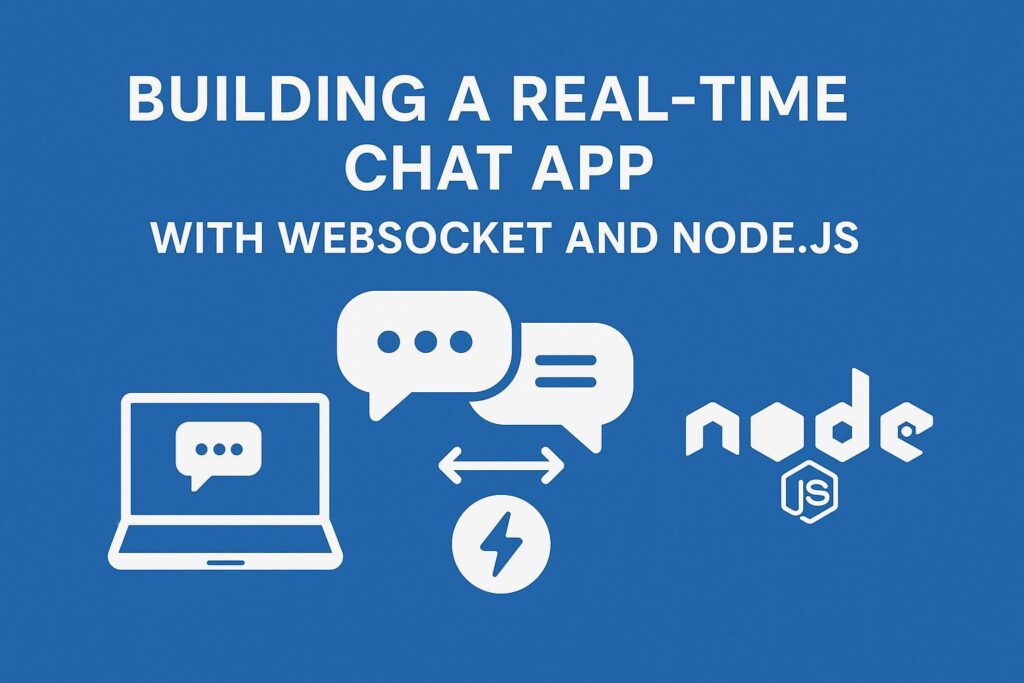
Want to build a live chat app like WhatsApp or Messenger? In this blog, we’ll show you how to create a simple real-time chat app using Node.js and WebSocket, with easy code samples and explanations. What are WebSockets? WebSockets are a way to create a continuous connection between the client (browser) and server. Unlike HTTP, […]
Deep Copy vs Shallow Copy in Databricks Delta Lake
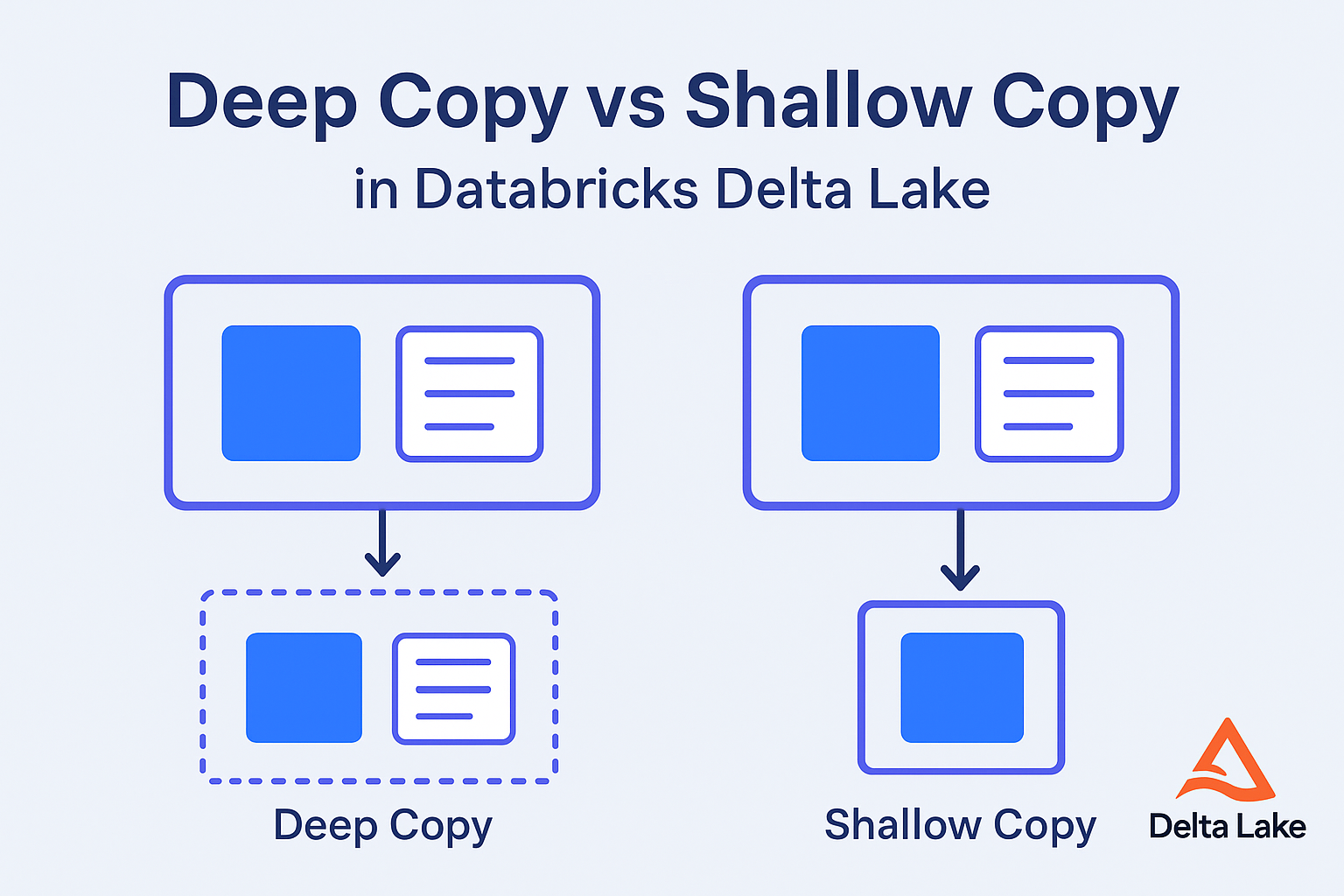
When working with large-scale data in Databricks Delta Lake, it’s common to create copies of tables for testing, development, or archival purposes. However, not all copies are created equal. In Delta Lake, shallow copy and deep copy serve different purposes and have very different behaviors — both in terms of performance and data isolation. In […]